How Much Should You Budget for Google Ads?
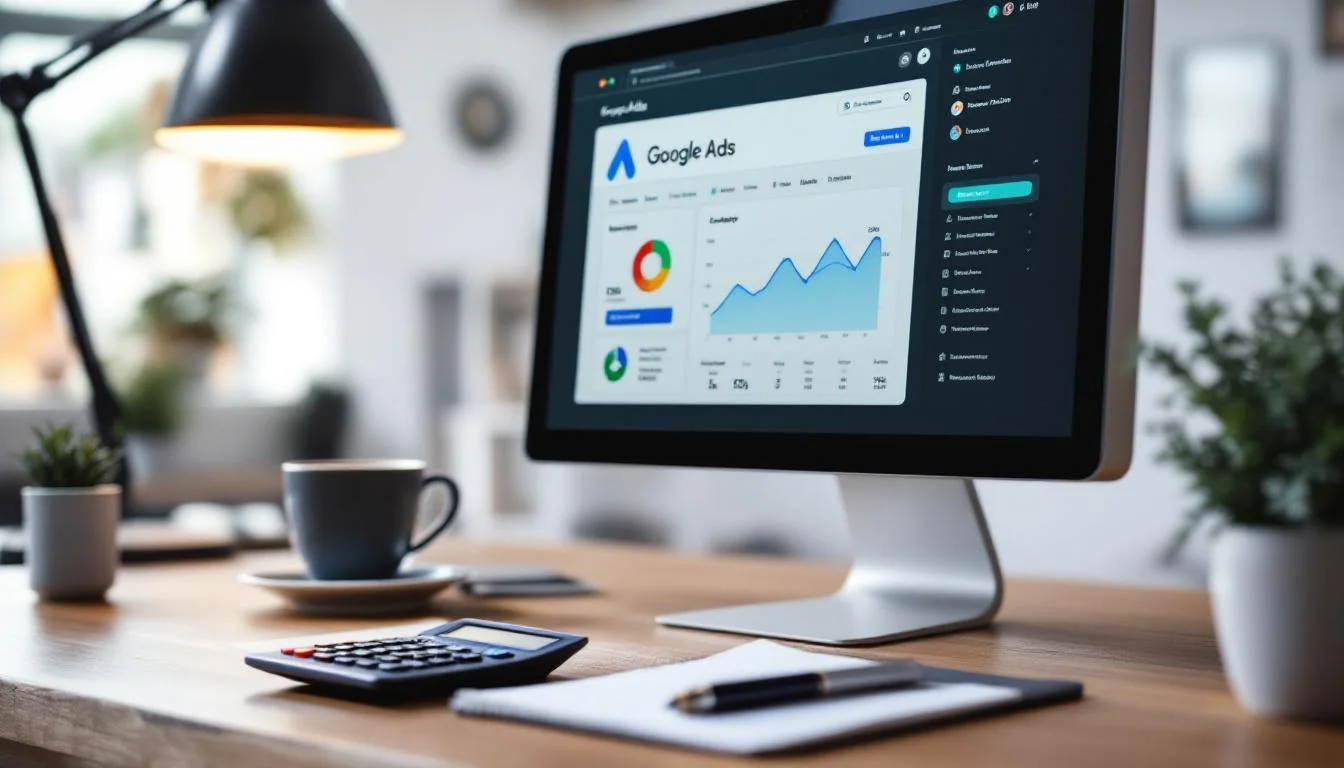
At Drop Cowboy, we often get asked, “How much do ads cost on Google?” The truth is, there’s no one-size-fits-all answer.
Your Google Ads budget depends on various factors, including your industry, goals, and target audience. In this post, we’ll break down these factors and provide practical strategies to help you determine the right budget for your campaigns.
What Impacts Your Google Ads Budget?
Your Google Ads budget depends on several key factors. These elements significantly influence ad spend and campaign effectiveness.
Industry Competitiveness
Your industry’s competitiveness directly affects your Google Ads costs. The average cost per click (CPC) varies widely across sectors. E-commerce keywords average around $1.15 per click, while finance-related terms can reach $3.44 or higher. High-competition industries (such as insurance or legal services) often see CPCs exceeding $50 in some cases. Understanding your industry’s average CPC helps set realistic budget expectations.
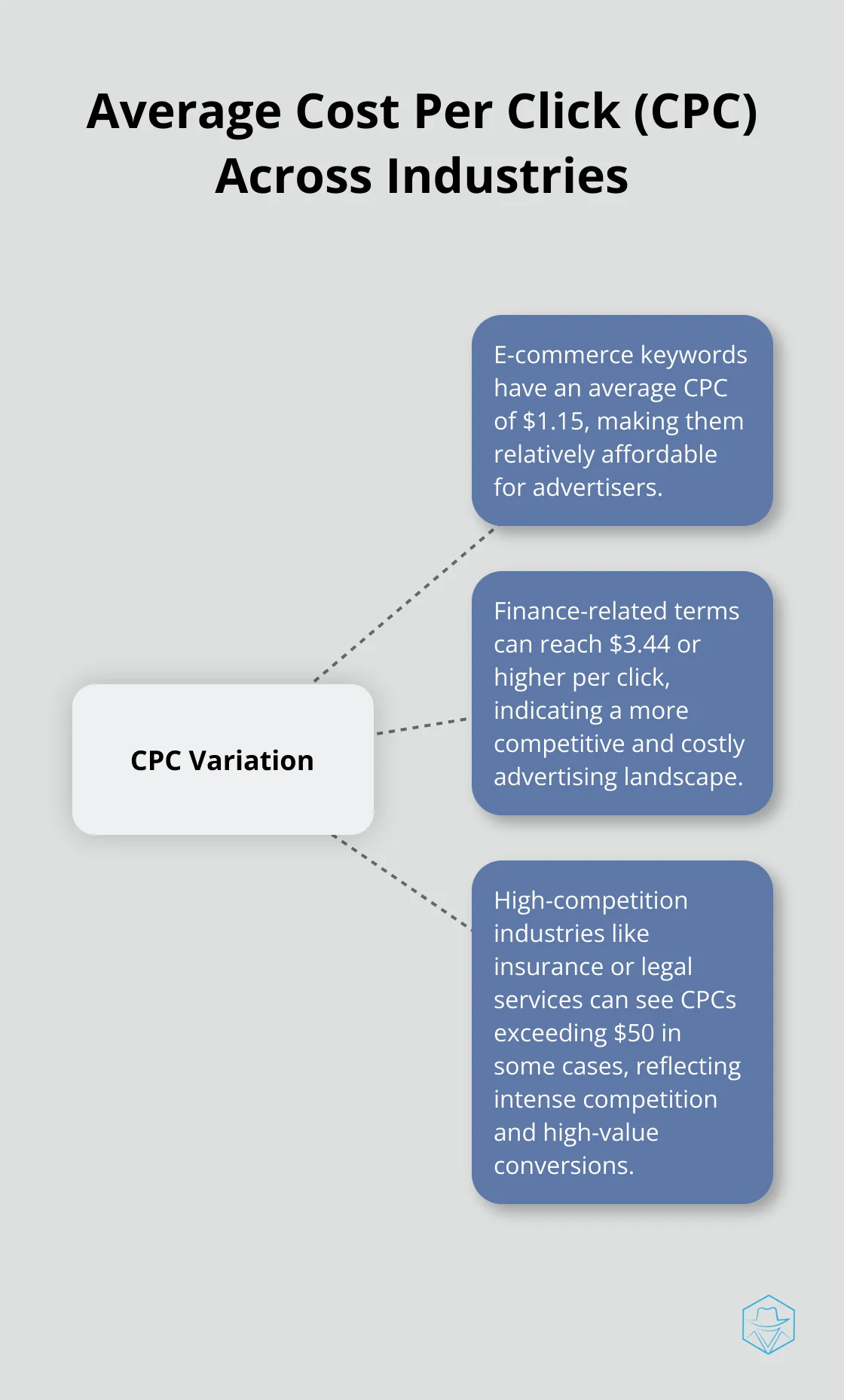
Campaign Objectives
Your campaign goals play a vital role in budget allocation. Different objectives require different approaches and budgets. For instance, if you target an ROI of $50,000 per month, you might need a daily budget of about $6,250 (adjusted for your specific industry and competition factors). Brand awareness campaigns often require less immediate investment than direct sales campaigns.
Audience and Market Size
The size and characteristics of your target audience impact your budget needs. A niche market might require less spend but could have higher CPCs due to specific targeting. A broad market might need a larger budget to reach a significant portion of your audience. Google’s Keyword Planner can help estimate potential reach and costs for your target keywords.
Geographic Considerations
Location targeting can significantly affect your budget. Local businesses can often achieve a competitive edge with lower costs through geographically targeted ads. However, if you target multiple regions or countries, your budget will need to account for varying CPCs and competition levels across different locations.
These factors interconnect and influence each other. A highly competitive industry in a large market with broad geographic targeting will naturally require a larger budget than a niche local campaign. To optimize your budget effectively, start modestly, monitor your results closely, and adjust based on performance. The next section will guide you through the process of calculating your initial Google Ads budget based on these factors.
How to Calculate Your Initial Google Ads Budget
When you start with Google Ads, determining your initial budget can seem challenging. This guide will help you calculate a starting budget that aligns with your goals and resources.
Estimate Your Cost Per Click
The first step in budget calculation is to estimate your Cost Per Click (CPC). Use Google’s Keyword Planner to get CPC estimates for your target keywords. These are estimates – actual CPCs may vary. For example, e-commerce sector keywords might average around $1.15, while finance-related keywords could cost $3.44 or more per click.
Forecast Click-Through Rates
Next, estimate your Click-Through Rate (CTR). Industry averages provide a starting point. A 2% CTR is considered average across industries (according to WordStream). However, this can vary significantly. B2B sectors often see lower CTRs, while retail might experience higher rates. Start with a conservative estimate and adjust as you collect data.
Set Your Daily Budget
With CPC and CTR estimates, you can set a daily budget. A good rule of thumb is to start with at least 10 times your average CPC. This allows for enough clicks to gather meaningful data. For instance, if your estimated CPC is $2, consider a daily budget of at least $20. This approach ensures you don’t underfund your campaigns from the start.
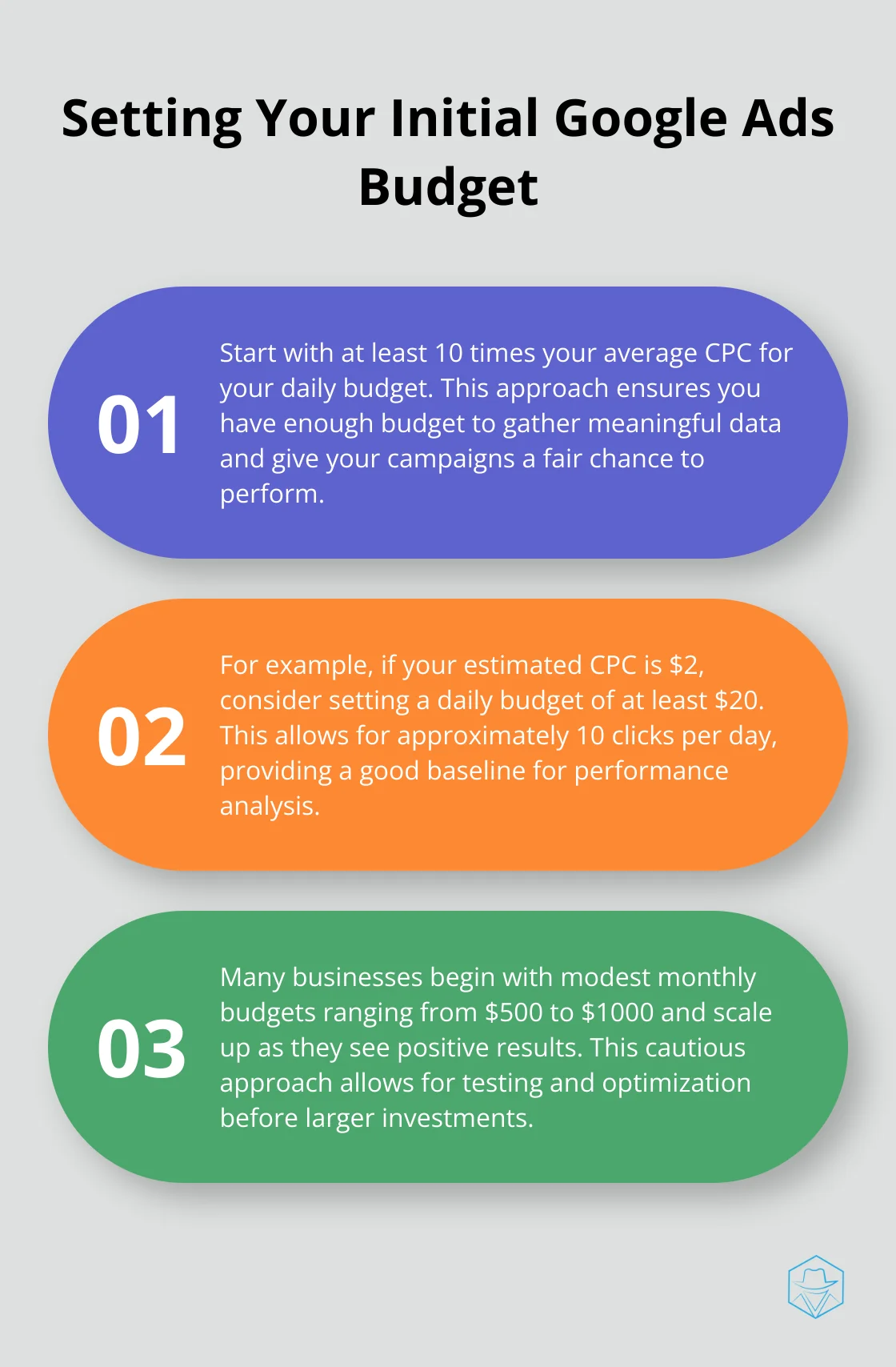
Use Google’s Performance Planner
Google’s Performance Planner is a valuable tool for budget planning. It uses machine learning to forecast how changes to your campaigns might impact performance. Input your budget and goals, and the tool will suggest optimal spend levels. It’s particularly useful for planning seasonal adjustments or scaling your campaigns.
Your initial budget is a starting point. Monitor your campaigns closely and be ready to adjust. Many businesses start with modest budgets ($500-$1000 per month) and scale up as they see results. The key is to start, collect data, and optimize based on performance.
As you move forward with your budget calculations, it’s important to consider strategies for optimizing your Google Ads spend. The next section will explore effective techniques to maximize your budget’s impact and improve your campaign’s overall performance.
How to Maximize Your Google Ads Budget
Harness the Power of Negative Keywords
Negative keywords prevent your ads from appearing for irrelevant searches. This strategy saves money and improves ad relevance. For example, if you sell high-end watches, add “cheap” or “free” as negative keywords to avoid wasting budget on users seeking budget options. Review your search terms report regularly to identify and add new negative keywords. This practice reduces wasted spend and improves overall campaign performance.
Boost Your Quality Score
Quality Score is Google’s rating of your keywords and PPC ads’ quality and relevance. A higher Quality Score leads to lower costs and better ad positions. Create highly relevant ad copy that matches your keywords and landing pages. Ensure your landing pages load quickly and provide a great user experience. Google reports that ads with high Quality Scores can see cost-per-click reductions of up to 50% (meaning you potentially get twice as many clicks for the same budget).
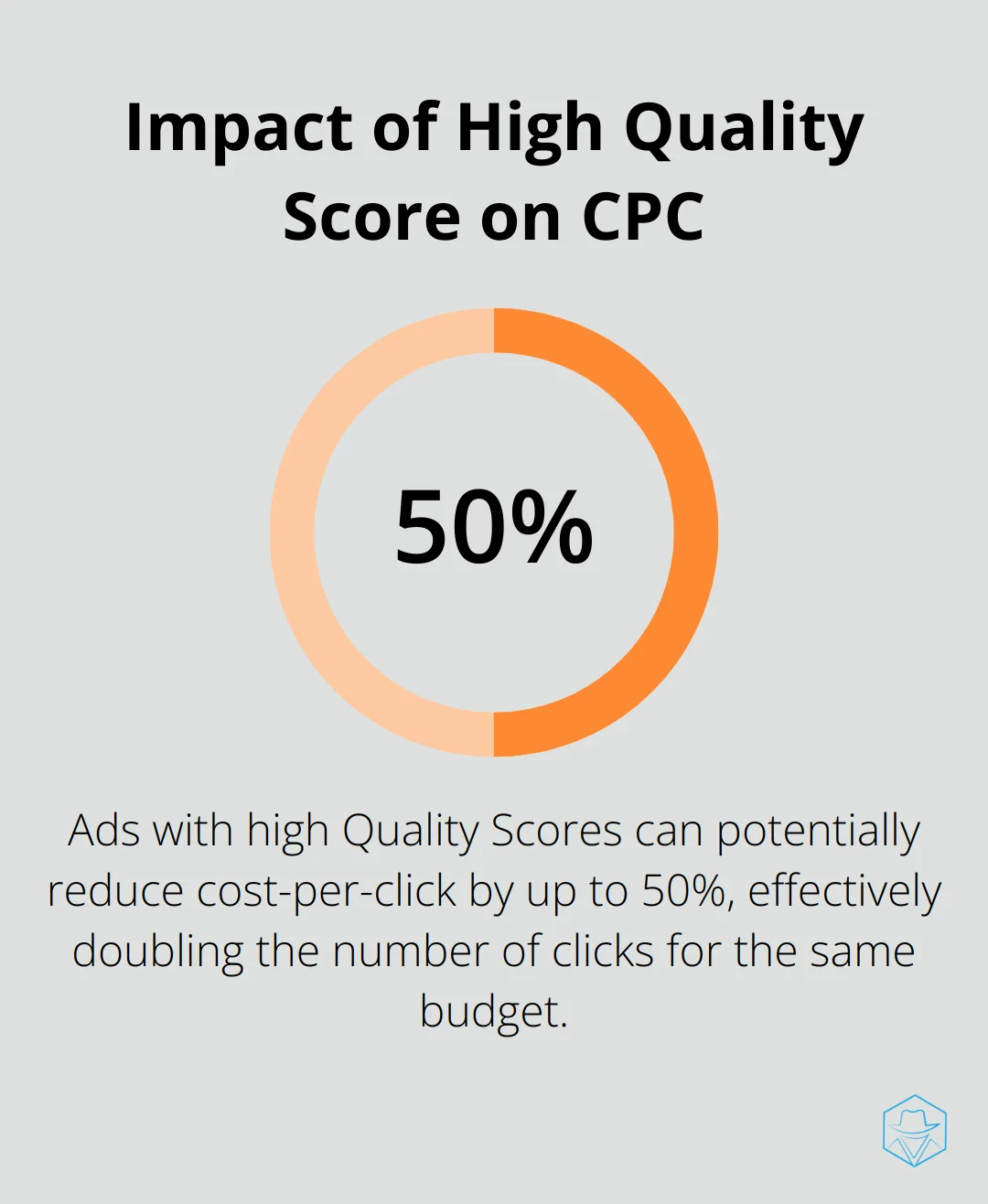
Master Ad Scheduling
Ad scheduling (or dayparting) shows your ads during specific times of the day or week. This strategy works well if you’ve identified peak conversion times for your business. A B2B company might focus ad spend during business hours, while a restaurant could prioritize evenings and weekends. Analyze your conversion data to allocate more budget to high-performing times and reduce spend during less effective periods. This targeted approach improves your return on ad spend (ROAS).
Embrace Smart Bidding Strategies
Google’s automated bidding strategies use machine learning to optimize for your goals in real-time. Strategies like Target CPA (Cost Per Acquisition) or Target ROAS help you achieve better results within your budget constraints. If you aim for a specific CPA, the system automatically adjusts your bids to meet that target. These strategies take time to learn and optimize but ultimately lead to more efficient spend and better overall performance. Google states that advertisers who switch to Smart Bidding see an average of 20% more conversions at a similar cost per conversion.
To further enhance your marketing efforts and maximize your budget, consider optimizing your marketing funnel with automation. This can help streamline your processes and boost conversions, complementing your Google Ads strategy.
Final Thoughts
Determining the right budget for Google Ads requires careful consideration of multiple factors. Your industry’s competitiveness, campaign objectives, target audience, and geographic focus all shape your ad spend. You can create a solid foundation for your Google Ads campaigns by estimating your Cost Per Click, forecasting Click-Through Rates, and setting appropriate daily budgets.
The cost of ads on Google varies widely depending on your specific circumstances and goals. You can develop a budget that aligns with your business objectives and maximizes your return on investment by following the guidelines and strategies outlined in this post. Continuous monitoring and adjustment are essential for success in Google Ads (start with a modest budget and scale up as you see positive results).
For businesses looking to enhance their marketing efforts beyond Google Ads, Drop Cowboy offers innovative communication solutions. Our features like ringless voicemail and SMS integration can complement your Google Ads strategy, helping you reach and engage your audience more effectively. Success in Google Ads comes from a willingness to learn, adapt, and continuously refine your approach.
blog-dropcowboy-com
Related posts
![The Ultimate Guide to SMS Automation for B2B Companies [2025]](/blog/wp-content/uploads/emplibot/sms-automation-hero-1755187648-600x400.webp)
August 19, 2025
The Ultimate Guide to SMS Automation for B2B Companies [2025]
Boost B2B success with SMS automation strategies. Explore features, benefits, and top tools to streamline operations and enhance communication in 2025.

May 15, 2025
Is YouMail Worth It? A Comprehensive Review
Explore YouMail reviews and discover its features, pricing, and user feedback to decide if it’s the right voicemail service for your needs.

June 16, 2025
Explore the Best Ringless Voicemail Services Today
You’re a business owner dialing yet another cold call, and the odds aren’t in your favor. Most don’t answer, and the ones who do sound ready to hang up before you even start. For years, telemarketing meant pushing through that frustration — or blasting SMS and hoping for a bite. Customers want a break from […]

August 5, 2025
Why when i call someone it goes straight to voicemail
Explore why calls go straight to voicemail. Uncover common reasons and solutions for dropped calls to improve your communication.
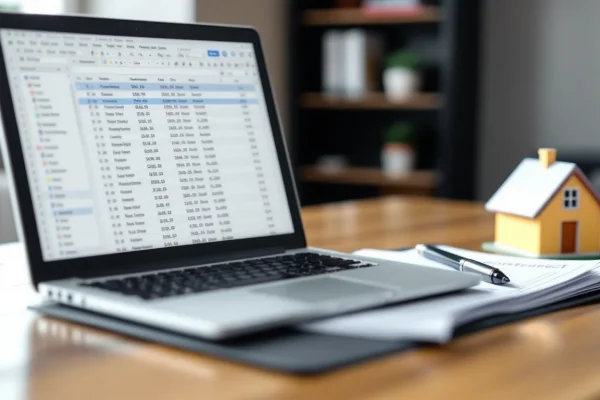
May 19, 2025
Mastering the Art of Wholesale Real Estate
Learn how to wholesale real estate effectively, maximize profits, and navigate the market with proven strategies and expert insights.
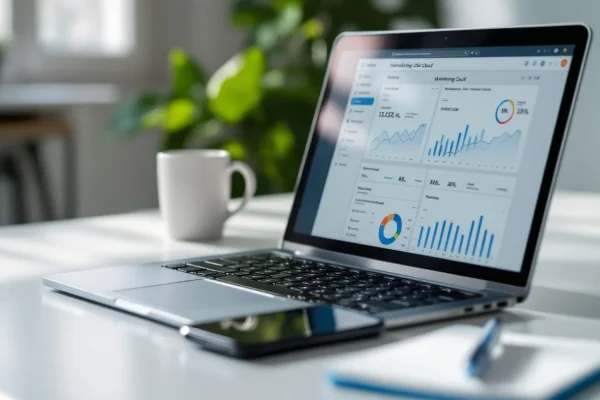
May 6, 2025
Marketing Cloud Automation: Boost Your Campaigns
Elevate your strategy with marketing cloud automation. Discover actionable insights to boost campaign efficiency and drive exceptional results.